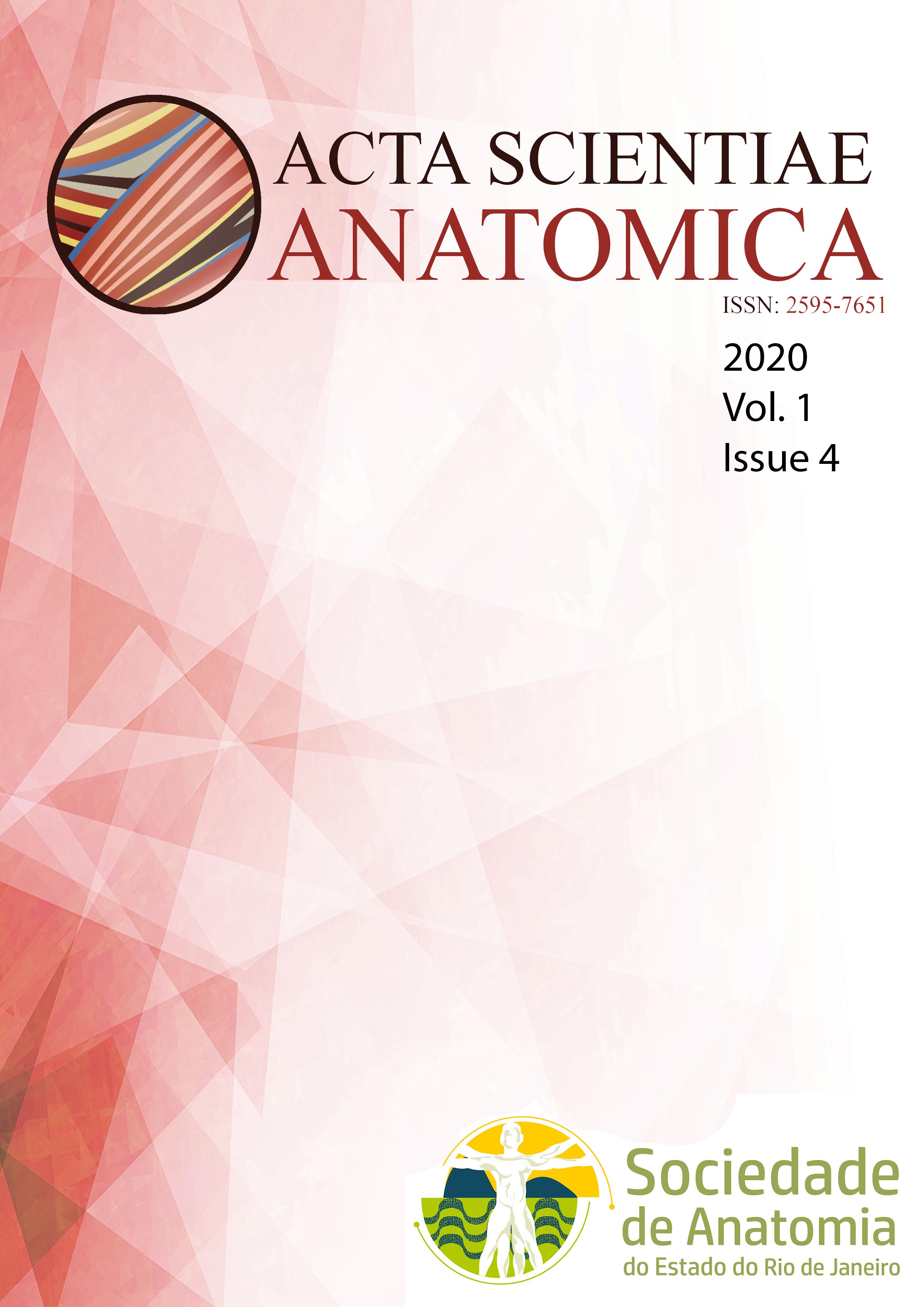Biomechanical analysis of the jejunum of dogs’ cadavers preserved with formaldehyde in comparison with a solution of sodium chloride
DOI:
https://doi.org/10.65053/asa20200408Keywords:
anatomy, animal welfare, teaching, conservation, fixativesAbstract
Several alternative methods are in development for animal welfare in veterinary medicine teaching. Those methods aim to replace live animals, without impairing the student’s learning process. This study aims to quantify the intestinal resistance changes in dogs’ cadavers during fixation up to 4 months in a 10% formaldehyde solution and conservation in 30% sodium chloride solution. Three jejunum samples of eight dogs’ cadavers were collected and analyzed at 0, 30, 60, 90, and 120 days. Biomechanical traction test values from the jejunum and control group were compared, determining similarities, which could justify the use of these cadavers in surgical techniques. The effects of formaldehyde or saline solution did not cause the statistical difference between the analyzed times with the control samples in elongation, that is, the variation in tissue elasticity was not significantly influenced by chronic fixation or preservation in sodium chloride solution. The 10% formaldehyde solution led to a progressive reduction of the maximum force of jejunum rupture at all times compared to the control moment, probably due to tissue dehydration, causing its stiffening.
Downloads
Published
Issue
Section
License
Copyright (c) 2025 Acta Scientiae Anatomica

This work is licensed under a Creative Commons Attribution-NonCommercial-ShareAlike 4.0 International License.
This journal publishes open-access articles under the Creative Commons Attribution 4.0 International (CC BY 4.0) license. This permits use, sharing, adaptation, distribution, and reproduction in any medium or format, as long as appropriate credit is given to the authors and the source, a link to the license is provided, and any changes are indicated. License: https://creativecommons.org/licenses/by/4.0/








